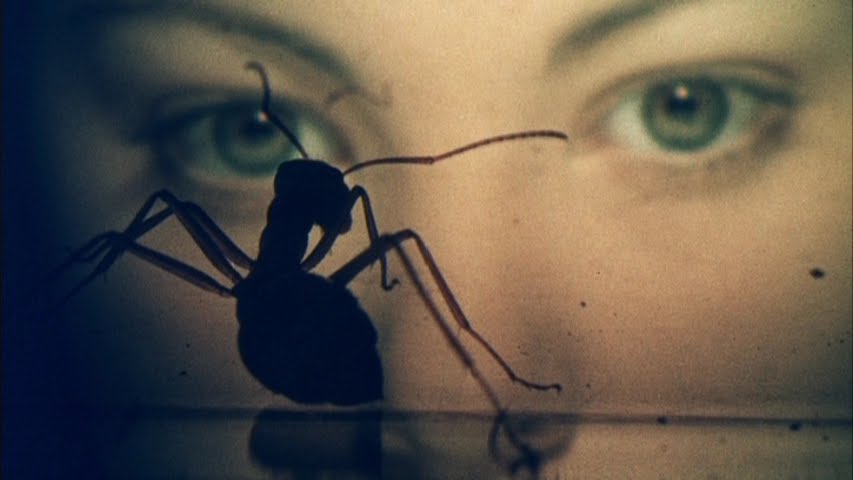
Since George Melies went on A Trip to the Moon in 1902, science fiction has been a fertile ground for film-makers to mine. Full of the potential of the future, the genre has allowed for some of the boldest, most dramatic, and unique visions on celluloid.
Masterpieces of the 1950s like Forbidden Planet and The Day the Earth Stood Still were dwarfed in the1960s when directors were elevated and defined the genre. in 1969, Kubrick’s 2001: A Space Odyssey transfigured sci-fi , and a few years later George Lucas unleashed the tent-pole behemoth that is the Star Wars universe.
By the 1980s, films like The Terminator and Blade Runner proved that sci-fi could win at the box-office and be critically lauded, creating and defining new styles, and fostering new film-making methods.
Film-makers have always been pioneers – working with emerging technology to take the visions in their mind and turn them into life on screen. The sci-fi genre has often been a cinematic outlier – encompassing radical behemoths, like 2001, which changed cinema forever – and faded dreams, relegated to dusty drawers, like most of the films on this list.
70s sci-fi is bold and inventive, often with striking model work, unique cinematography and immense sets. As the gaming and computer culture emerged in the 1980s, so the films of the era changed to reflect that, and the perfect-future images of Logans Run shifted to the dystopic lens of films like Blade Runner.
Lurking in the world of science fiction are wonderful creations; bold visions of the end of the world; or the future; or our own world spun on its head, which deserve viewing. Foreign science fiction cinema in the era – especially from behind the Iron Curtain – is worlds apart in tone and style from the blockbusters that Hollywood was making.
Some of these films – like the pioneering Ikarie XB-1 – are overt communist propaganda (with amazing special effects) – whilst others, like Tarkovsky’s masterwork Stalker – are incredible, proto-typical works which have been emulated in countless American films ever since.
Following is a list of ten obscure science fiction films of the 70s and 80s which deserve watching.
10. A Boy and His Dog (1975)
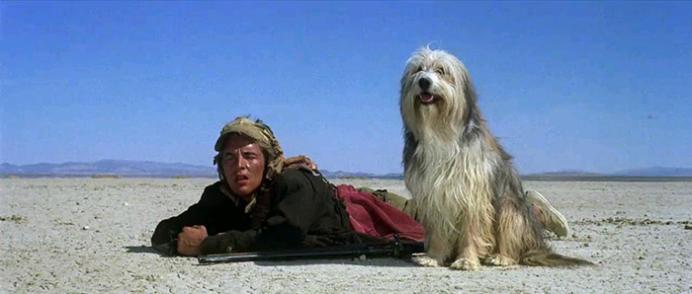
LQ Jones, in his directorial debut (and finale, as it turned out), made this gritty, goofy, stark and lavish post-apocalyptic film in 1975. Visually, the film resembles Mad Max or Salute of the Jugger, and is scored with a jaunty Western style.
The eponymous Boy, ‘Vic’ (Don Johnson) and Dog, ‘Blood’ (Tim McIntire, in a great turn) are engaging throughout. The dog’s performance (sadly deceased dog actor Tiger)is one of the great animal performances on the silver screen.
Vic has a psychic connection to his hyper-intelligent dog, and they roam the apocalyptic landscape of post WWIV in search of women and canned food.
When Blood sniffs out a young lady for Vic, Vic is not satisfied with the usual breed-then-leave style of the times. Risking detection by both Rovers and some unseen mutants called Screamers, Vic decides to keep the girl.
The girl doesn’t want to be kept and flees to “the Down Under”. Vic follows, leaving Blood upside, and discovers a whole new world of survivors underground.
Based on the novella by Harlan Ellison, A Boy and His Dog is fascinating, dark, funny and brutal; a unique film which may have influenced many apocalyptic films that followed.
Worth watching for the dog-on-dog fights, amazing canine performance of Tiger, and the bizarre world Down Under, A Boy and His Dog is a quirky gem of the era. The final minutes of the film deliver a hilarious gut-punch which is as disturbing as it is satisfying.
9. Futureworld (1976)
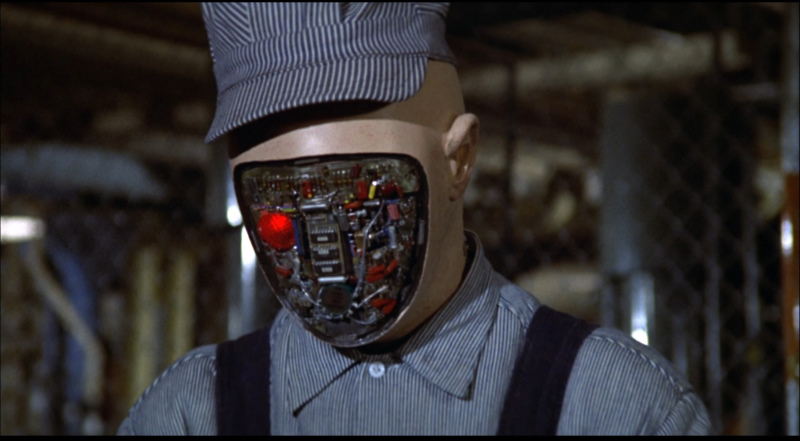
The less-successful sequel to the wildly popular Westworld, Futureworld is still an interesting film in its own right. Creatively vast, Futureworld adds to the story begun in Westworld – an immersive theme-park populated with robots so convincing, it’s impossible to tell the difference between them and humans.
Years after the events of the first film, after the Gunslinger robot (Yul Brynner) killed all the guests, the park managers have upgraded and promise “nothing can possibly go wrong.” A new wing, Futureworld – which simulates space, and offers zero-gravity and skiing on Mars, to name a few things – is to be unveiled.
Blythe Danner and Peter Fonda joyfully play Tracy Ballard, a fluff-piece advertorialist, and Chuck Browning, a hard-hitting investigative journalist. They are invited to explore the park – access all areas – before it opens.
Soon enough Fonda discovers shady goings-on, and he and Danner romp their way through wild set-pieces, outrageous fights and a saucy dream-sequence with Brynner on their journey to uncover the conspiracy.
As if the producers wanted to capitalise on the popularity of the original, but mix in the gritty realism of All the President’s Men, Futureworld is great fun, with amazing models, huge sets, a satisfyingly convoluted plot, and even a fight with ninjas.
Whilst it doesn’t reach the gravitas of the original film – and featured none of the original cast, or writer, (excepting Brynner’s pretty superfluous cameo) – it’s still a good time, and a good example of the huge creative construction that went into this genre in the 70s.
8. The Last Starfighter (1984)
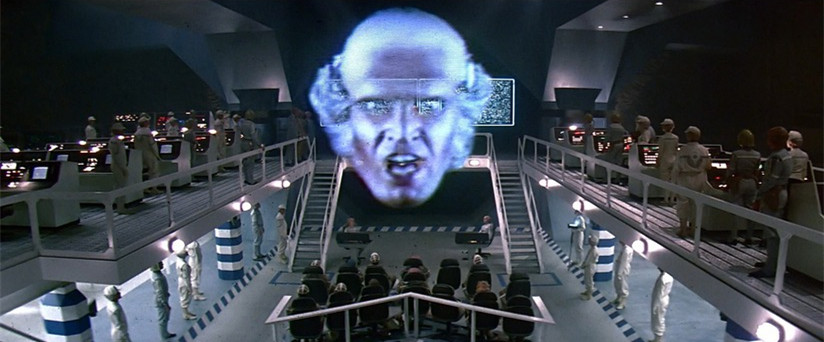
It could be argued this film is not necessarily good, but it is consistently good fun, and almost functions as a meta-cautionary tale about jumping onto the zeitgeist too eagerly.
A mash of Tommy and Star Wars, with hammy music composed in the vein of John Williams, this 80s attempt-for-merchandising stands out as a wacky museum piece. Somewhere in 1982, a room full of producers said “let’s make another Star Wars, but with kids”, and this film was the result.
It’s the story of a young man, Alex (Lance Guest) stuck in a trailer park with nowhere to go, who beats the record on an arcade game called The Last Starfighter.
Lo-and-behold – moments later, he is recruited by a creepy guy Centari (Robert Preston, in his last film role) who flies a Delorean-like spacecar. Alex heads into space. He ums and ahs for a while but, after the Starfighter base is destroyed, he is finally forced to become the Last Starfighter. He and his navigator Grig (Dan O’Herlihy) – a wheezy, lizard-headed dude, laser out in a somewhat epic battle against some hilariously un-scary bad dudes.
A fish-out-of-water b-story about a robot replica of Alex attempting to fit into trailer-park life intrudes occasionally on the central plot. Director Nick Castle was clearly enamoured by the early potential of computer animation and, instead of the amazing models you may see in Kin-Dza-Dza! or Futureworld, the spaceships and space-battles look like a computer game from 1987.
All that said, The Last Starfighter is a fascinating look at a missed shot – with dumb alien masks, bad spaceships, a ludicrous script, and misguided performances; it’s one of those films that could only have been made in the 80s.
Watch it for Grig wheezing and the laser battles alone. Apparently a resurging interest in the film has led to speculations about a remake, but both Spielberg and Seth Rogen have said the film’s writer, Johnathan Betuel, retains the rights, and refuses to let go.
7. The Brother from Another Planet (1984)
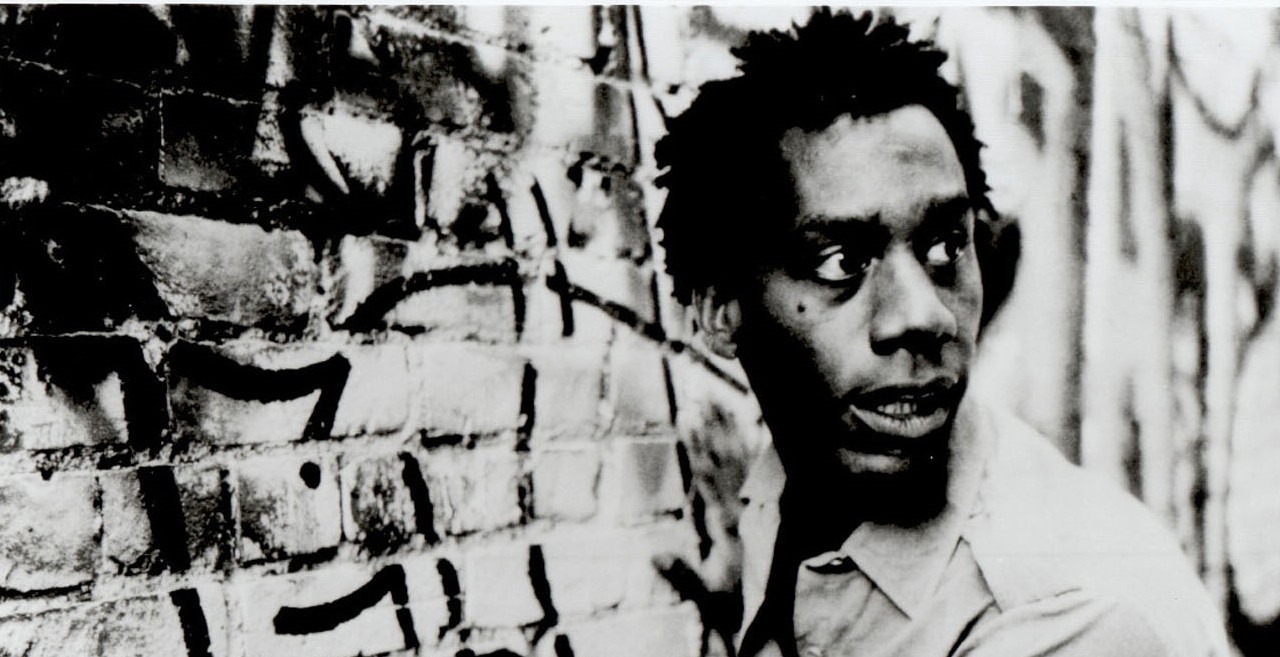
This well intentioned 1984 film from director John Sayles uses the well-trodden “alien lands on planet earth – fish out of water” storyline to explore racial tensions in American society.
A mish mash of styles, from wacky fight scenes to moving scenes of intimacy and understanding, this film never settles on a genre, but remains an intriguing experience. The Brother – played beautifully by Joe Morton – crash-lands on planet Earth: specifically, Harlem.
Looking like just another homeless man and unable to speak, the Brother limps his three-toed feet through the world, experiencing adventures both funny and unsettling. The soundtrack is overt and kinda goofy, and the bad alien guys are pretty ridiculous, but this film holds interest for its boldness and likeability.
The long scenes in the bar, where the Brother is gradually welcomed into African-American culture, feature a great barfly performance by the legendary Bill Cobbs.
These scenes are particularly engaging, although they feel like they come from another film altogether. As the Brother assimilates to life on earth, he begins to use his array of powers and abilities to right wrongs – and protect himself.
Whilst, as a whole, the film is not as outstanding as some of the others on this list, it still deserves watching as it is, again, quite unique in the world of sci-fi.
6. To The Stars by Hard Ways (1981)
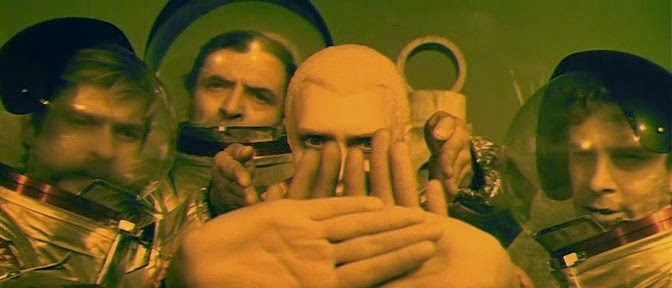
Another unknown gem from the world of Soviet Cinema, To The Stars By Hard Ways (also known as Through the Thorns to the Stars: Humanoid Women) exists in a few versions – an hour long, dubbed version made for Mystery Science Theatre 3000, the original, and a cut-down two-hour version reissued by the director Richard Victotorov’s son in 2001.
Apparently the new version (the original is difficult, if not impossible, to locate) is similar to the original, just removing some of the more overt communist content.
Ostensibly a piece of propaganda, this meandering, epic, journey-through-space monument is akin in plot to Nolan’s Interstellar. In a future where contact with aliens of various species is well known and humans constantly explore space, scientists find a live alien on a ruined spaceship.
The alien, Neeya, played super creepily by the alien-looking Yelena Metyolinka – visits the home of a Contact scientist and there reveals various telekinetic and mental powers.
Much later (the film is not briskly paced) she stows onto an inter-galactic spacecraft with a varied crew, including her psychologist, a couple of Deccan aliens and a hypochondriac water-worlder called Comrade Prul.
They go on an epic journey, stopping variously, attempting to reach her home planet, Decca. Upon arrival, Neeya and the crew of the Astra attempt to save the planet from the capitalist rulers who have destroyed the environment.
To The Stars only occasionally slips into overt propaganda, for example a fun sequence where the crew cleanse Decca with their technology and the scientist runs out gleefully yelling “I have a good job! I have a good job!”.
This film is far more philosophical than most American science fiction of the era, and recalls the novels of Stanislaw Lem and Philip K Dick more than its cinematic contemporaries Scanners and Running Man.
Not able to reach the visual sophistication of American cinema, To The Stars By Hard Ways is nevertheless constantly inventive, and contains all manner of wonder from the bizarre to the sublime.